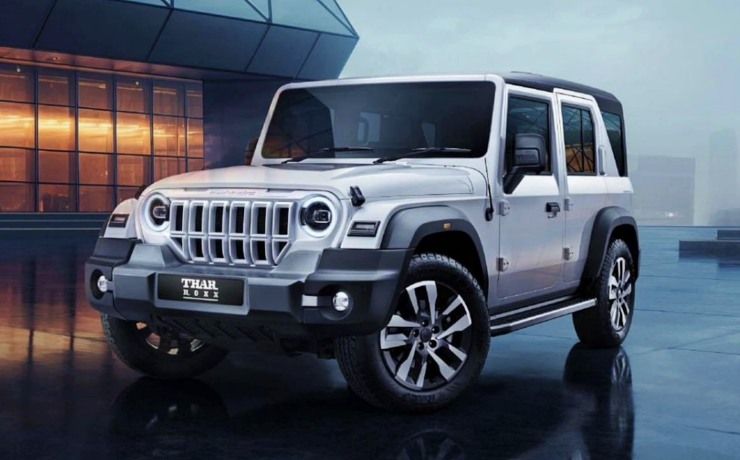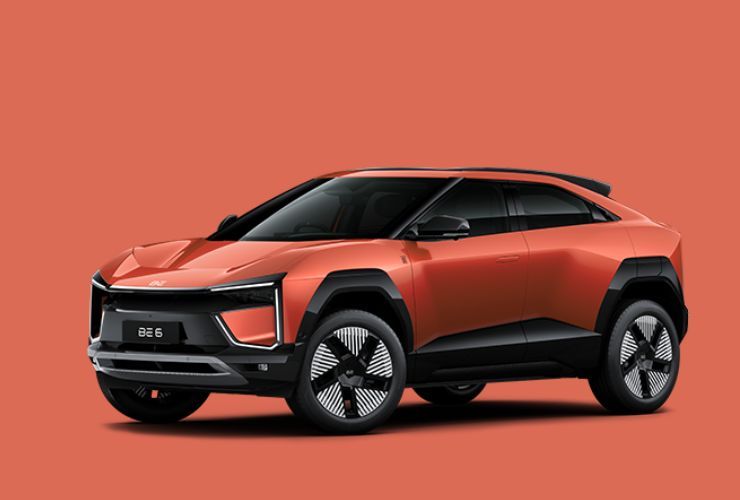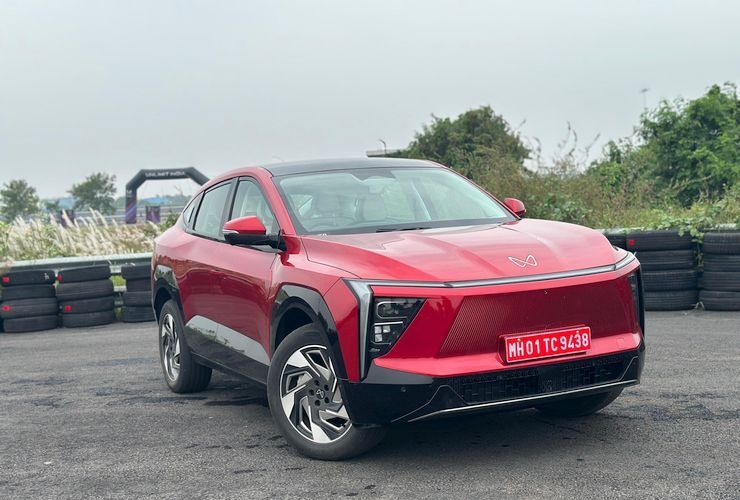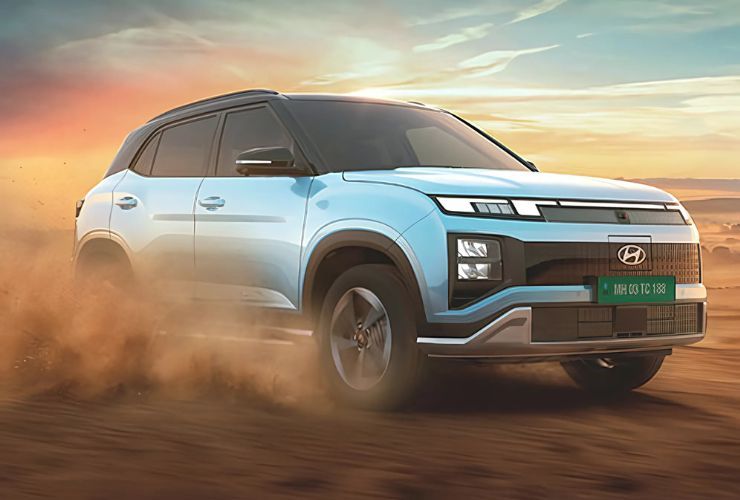Mahindra Overtakes Hyundai to Claim #2 Spot in India's Car Market


Marking a major shift in the Indian automotive landscape, Mahindra & Mahindra (M&M) overtook Hyundai Motor India (HMIL) to become the country’s second-largest carmaker in February, falling second to just Maruti Suzuki. This marks a historic moment as Hyundai has long held the No. 2 spot in domestic sales. Mahindra’s achievement is driven largely by its aggressive SUV strategy and a strong lineup of new launches.

In February 2025, Hyundai posted domestic sales of 47,727 units and exports of 11,000 units, bringing its total to 58,727 units. This marked a decline from January’s 65,603 units, with domestic sales falling from 54,003 units in the previous month.
Mahindra, on the other hand, recorded an impressive 19 per cent year-on-year growth in SUV sales, with 50,420 units sold in the domestic market, surpassing Hyundai’s domestic numbers by 2,700 units.

Let's see how Mahindra was able to make their sales soar and climb up the ladder. The Indian carmaker has a strong focus on SUVs. Almost the entire portfolio cosists of SUVs. Over the past five years, the SUV segment has grown from 32 percent of total car sales in 2020 to nearly 60 percent in 2025. Indian customers continue to prefer SUVs (of various segments) over other body styles.
Due to their rugged design, high ground clearance, and prominent road presence, SUVs offer more comfort and convenience levels than traditional hatchbacks and sedans. Mahindra's SUV lineup excel with their off-road abilities and comfort levels.
Plus, Mahindra SUVs like the Scorpio-N, Thar and Thar ROXX are all extremely popular among Indian buyers. This 'SUV expertise' has driven volumes for the manufacturer. Hyundai, on the other hand, has products across segments- hatchbacks, sedans, SUVs and EVs. Despite this, the Korean's sales declined in the past month.

Another upper hand that Mahindra had was an aggressive product plan and smart strategies. The Indian carmaker had back-to-back launches last year. These products catered to different sets of buyers and this gave the manufacturer an edge.
The XUV300, Thar ROXX and the recently launched Born-electric SUVs- XEV 9e and BE 6, have all been hits. The Electric Origin SUVs for instance, got 30,179 bookings on the first day! The Thar ROXX amassed 1.7 lakh orders in one hour, on the day of opening bookings. All these are proofs of spiking customer interest in the company and its products.
Many of these vehicles continue to dominate their respective segments in sales. Models like the XUV700 continue to drive stable monthly volumes. These help in growing the company's market footprint.
Hyundai, however, has relied heavily on the Creta to maintain its position. The Creta sells well. However, it has lost the momentum it once had. The company needs to bring more models in and spruce up its portfolio to stay competitive in the game.

Even when it slipped to the third position in domestic sales, Hyundai remains a strong player in the export market. In February 2025, Hyundai exported 11,000 units, marking a 6.8 percent year-on-year growth. Mahindra, despite showing significant progress with a 99 percent year-on-year increase in exports, lags behind with 3,061 units shipped overseas.
Hyundai’s global strategy continues to strengthen its position as a key manufacturing hub for its parent company, ensuring its relevance beyond India’s domestic market.
When we talk exports, it also needs to be mentioned that Mahindra has been expanding its overseas presence recently. The company has a growing presence in markets like Australia and South Africa.
Hyundai remains optimistic about its future prospects. The company’s Chief Operating Officer, Tarun Garg, believes that upcoming tax reforms and improved liquidity will help boost demand in the domestic market. The coming months will reveal whether Hyundai can reclaim its position or if Mahindra’s SUV-first approach will continue to give it an edge.